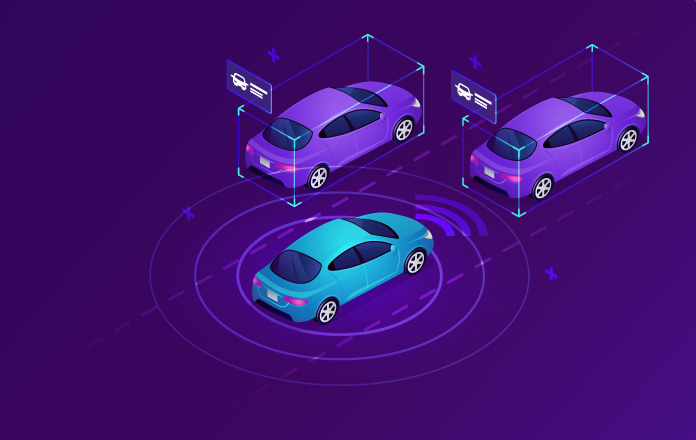The advent of self-driving cars represents a groundbreaking technological revolution reshaping how we think about transportation. Once relegated to the realm of science fiction, self-driving cars have become a tangible reality, and their impact on the automotive industry and our daily lives is undeniable. This article delves into the world of self-driving cars, exploring their technology, benefits, challenges, and the transformation they are bringing to our roads and cities.
The Dawn of Autonomous Vehicles
Self-driving cars, often called autonomous vehicles or driverless cars, are a product of advancements in artificial intelligence, sensor technology, and machine learning. These vehicles are designed to operate without human intervention, relying on sensors, cameras, radar, and sophisticated algorithms to navigate and make driving decisions.
The Technology Behind Self-Driving Cars
Sensors: Autonomous vehicles are equipped with sensors that continuously scan their surroundings. These sensors include lidar, radar, cameras, and ultrasonic sensors. They provide real-time data about the vehicle’s environment, helping it detect other vehicles, pedestrians, road signs, and lane markings.
Machine Learning: Self-driving cars rely on machine learning algorithms to process the vast data their sensors collect. These algorithms learn from experience, enabling the vehicle to decide based on patterns and previous encounters.
Connectivity: Autonomous vehicles are often connected to the internet and can communicate with other vehicles and infrastructure, such as traffic lights and road signs. This connectivity enhances their ability to make informed decisions.
The Benefits of Self-Driving Cars
Safety: Supporters of self-driving cars say that these vehicles could significantly decrease accidents caused by human mistakes, like distracted or impaired driving. They believe these cars can respond quickly to surprises, making crashes less likely.
Traffic Efficiency: Autonomous vehicles can communicate with each other to optimize traffic flow. They can follow each other at consistent speeds and reduce congestion, making traffic more efficient.
Accessibility: Self-driving cars have the potential to provide transportation options for individuals who are unable to drive due to age, disability, or other factors. They can increase mobility and independence for a broader range of people.
Environmental Benefits: By optimizing driving patterns and reducing congestion, self-driving cars have the potential to reduce fuel consumption and lower emissions, contributing to a cleaner environment.
Challenges and Concerns
Safety Concerns: While self-driving cars can enhance safety, there have been concerns about their reliability and the need for a robust backup system in case of technology failures.
Legal and Regulatory Challenges:
The legal framework for self-driving cars is still evolving. Determining liability in case of accidents and developing uniform regulations are complex issues.
Data Privacy: The large amount of data collected by autonomous vehicles raises concerns about privacy and data security.
Job Displacement: The rise of self-driving cars could impact industries reliant on driving, such as trucking and taxi services, potentially leading to job displacement.
The Future of Self-Driving Cars
The future of self-driving cars holds immense promise. As technology continues to evolve and mature, we can expect to see the following developments:
Commercial Use: Autonomous vehicles are already used for ride-sharing and delivery services. In the future, we can expect to see self-driving taxis and trucks on our roads.
Urban Planning: Self-driving cars will influence urban planning as cities adapt to accommodate these vehicles. Parking spaces may become less necessary, and road infrastructure may change to improve traffic flow.
Reduced Car Ownership: With the availability of convenient, on-demand autonomous transportation, some individuals may opt for reduced car ownership, relying on self-driving services when needed.
Improved Mobility for All: Autonomous vehicles have the potential to provide mobility solutions for the elderly, disabled, and underserved communities, reducing transportation disparities.
Conclusion
Self-driving cars are no longer a vision of the distant future; they are here and changing how we approach transportation. While challenges and concerns remain, the potential benefits of safety, efficiency, accessibility, and environmental impact are undeniable. The development and integration of self-driving cars into our society will continue to shape how we live and move, focusing on creating a safer, more connected, and efficient transportation landscape. As technology advances and regulatory frameworks adapt, self-driving cars can become integral to our future mobility.




